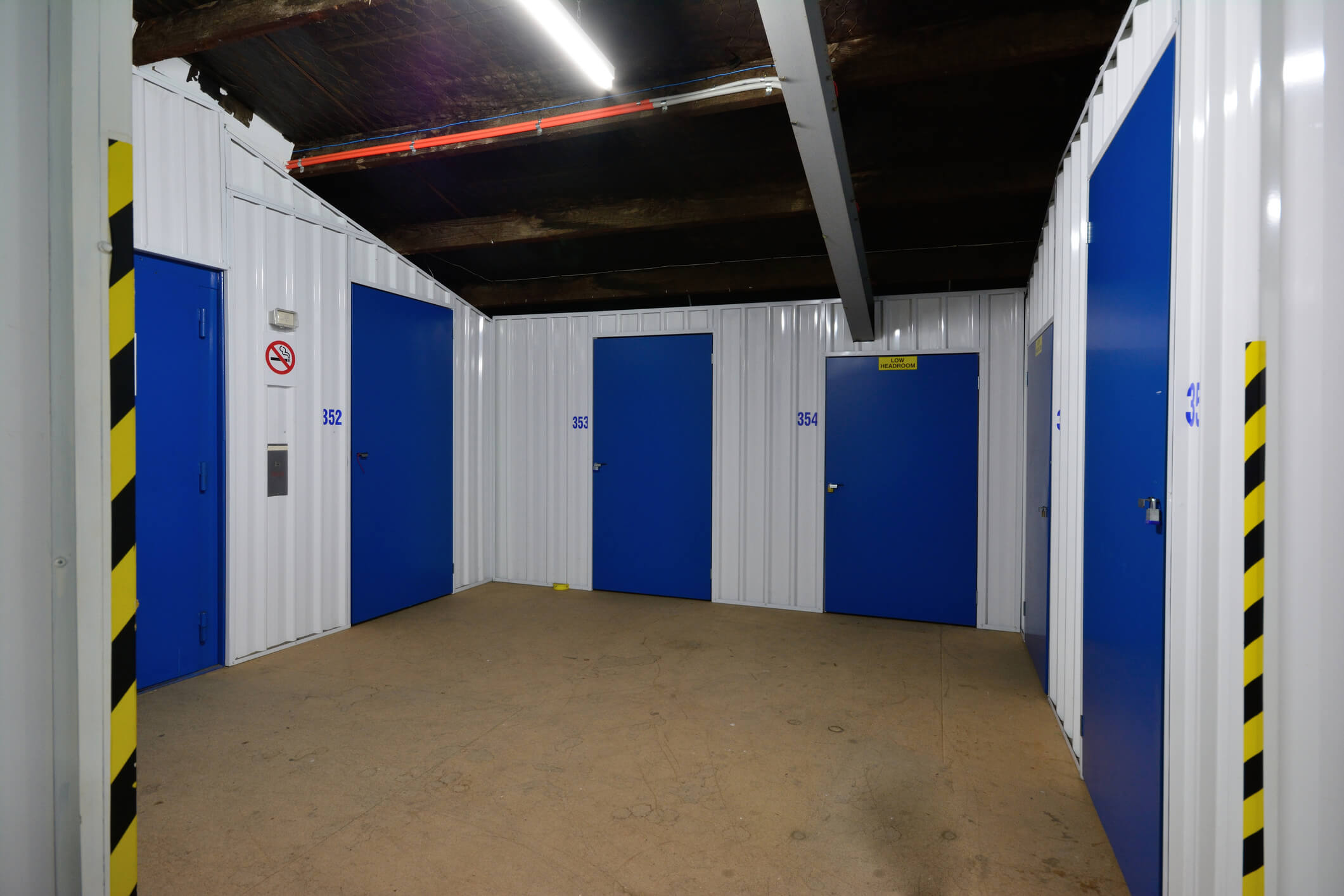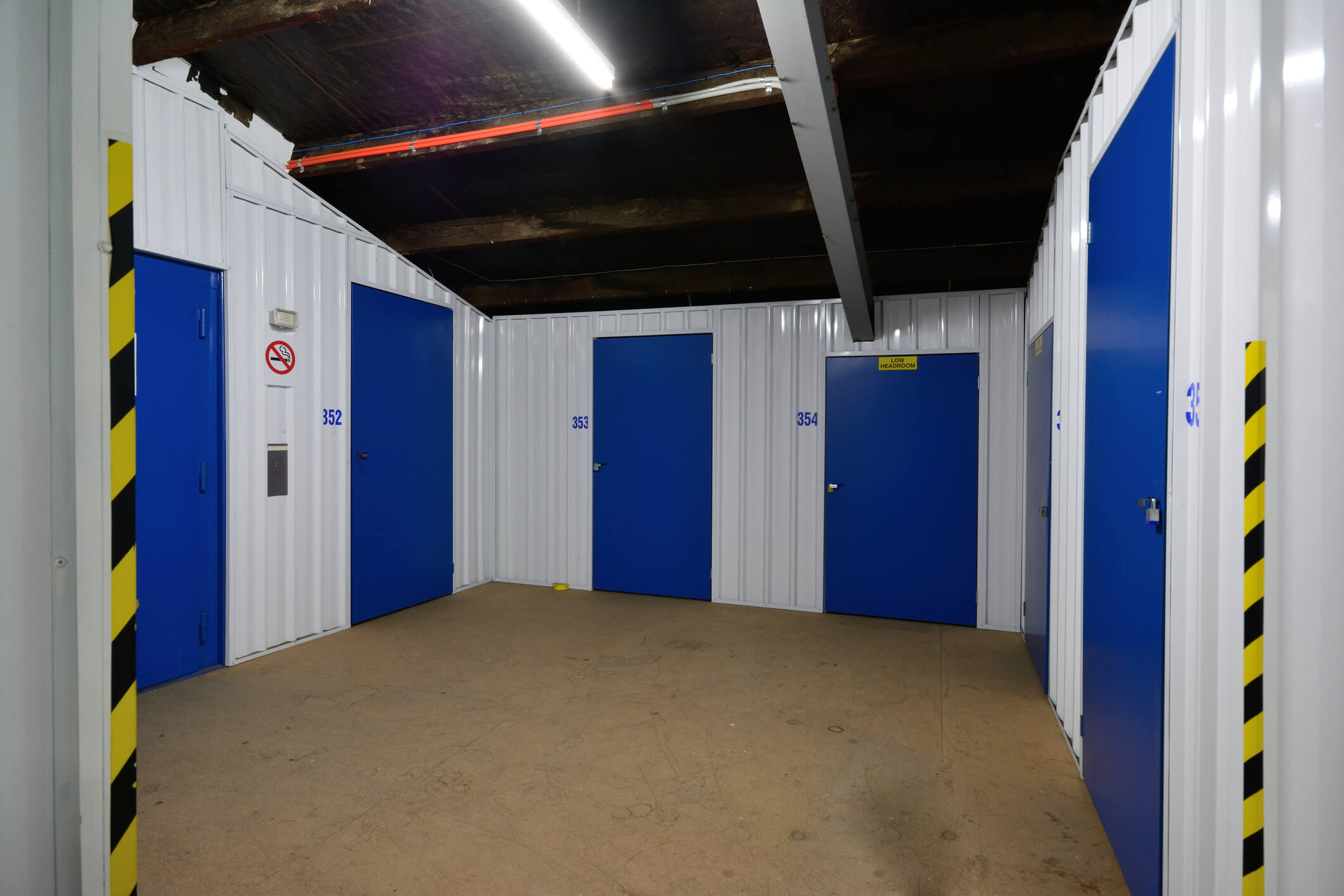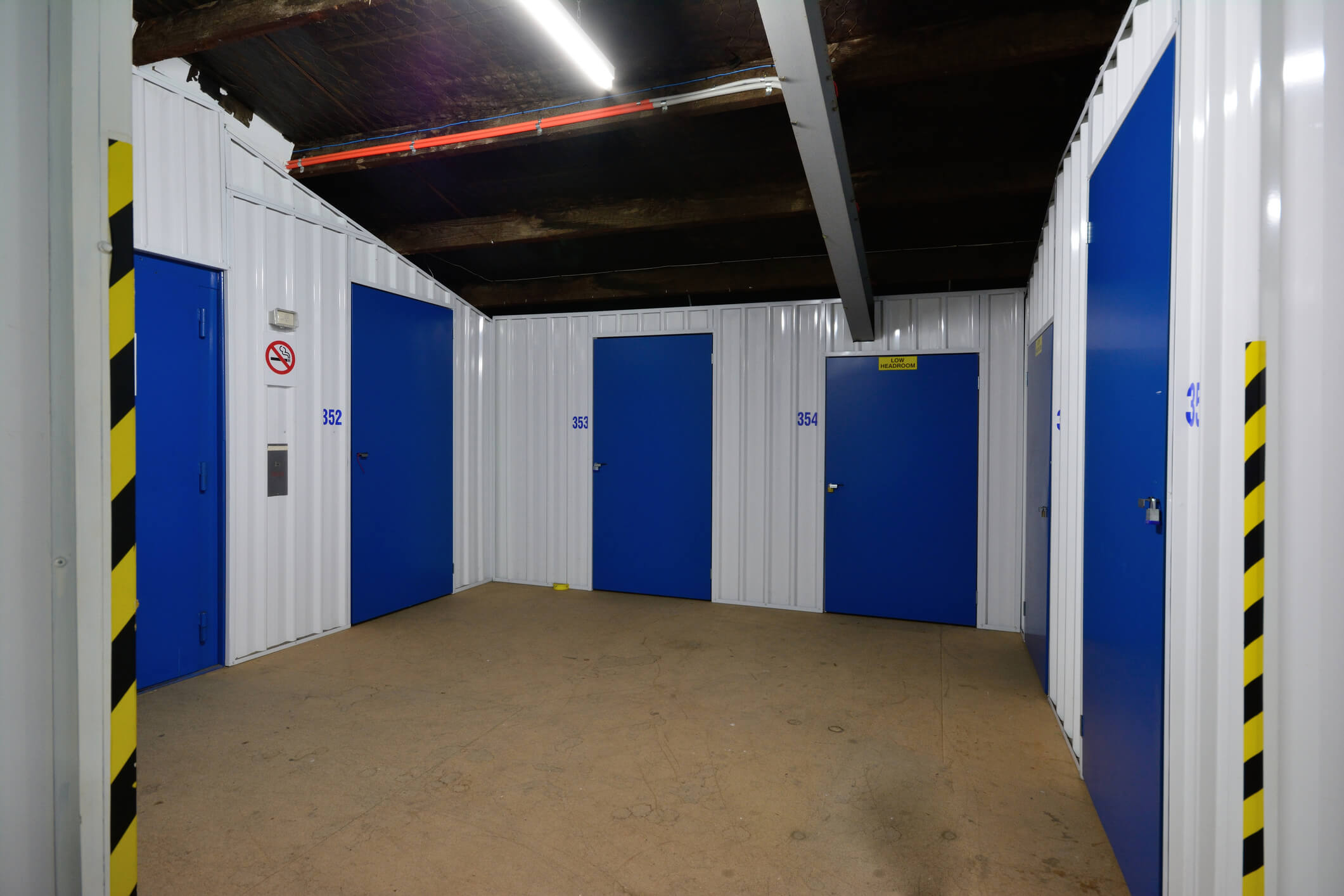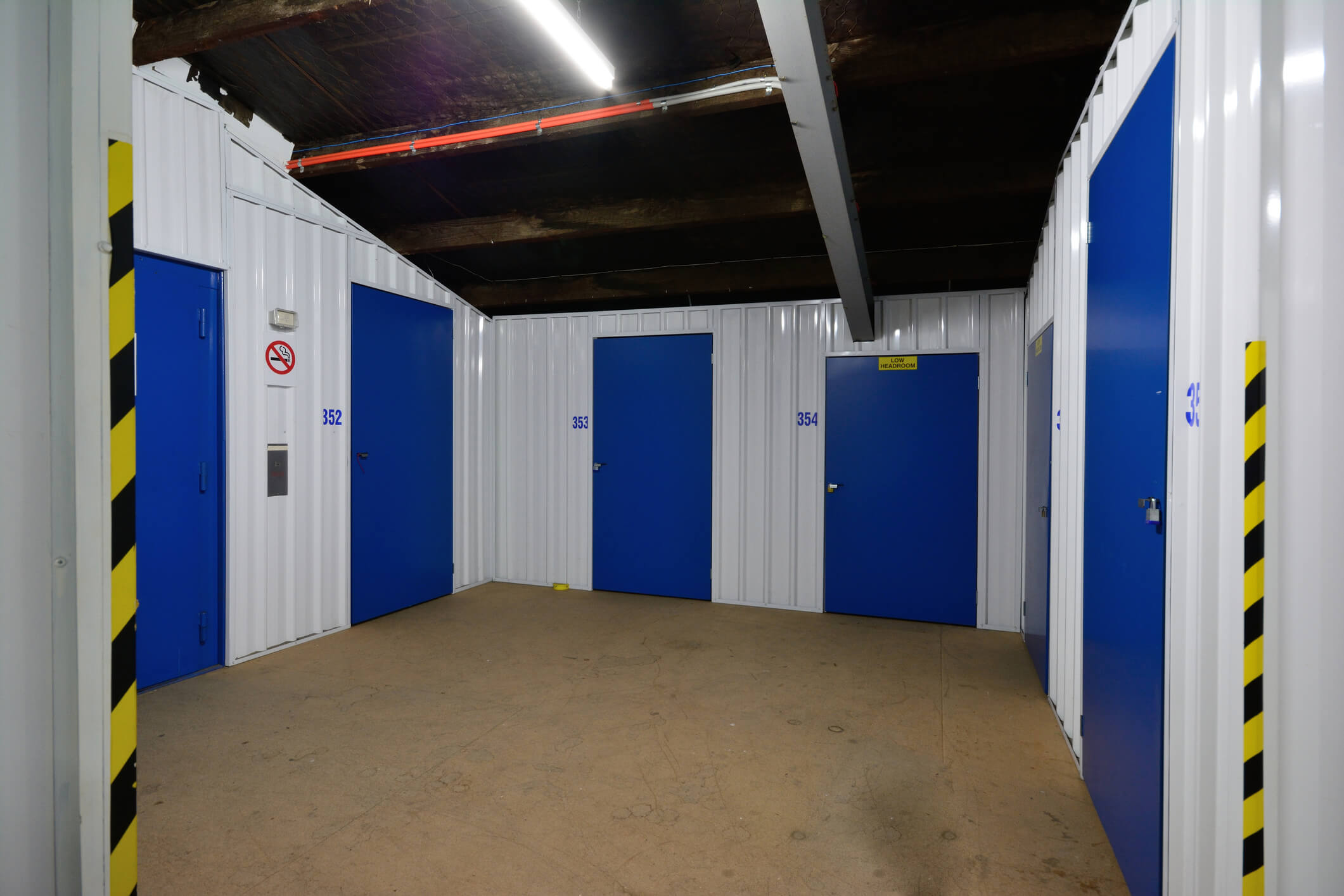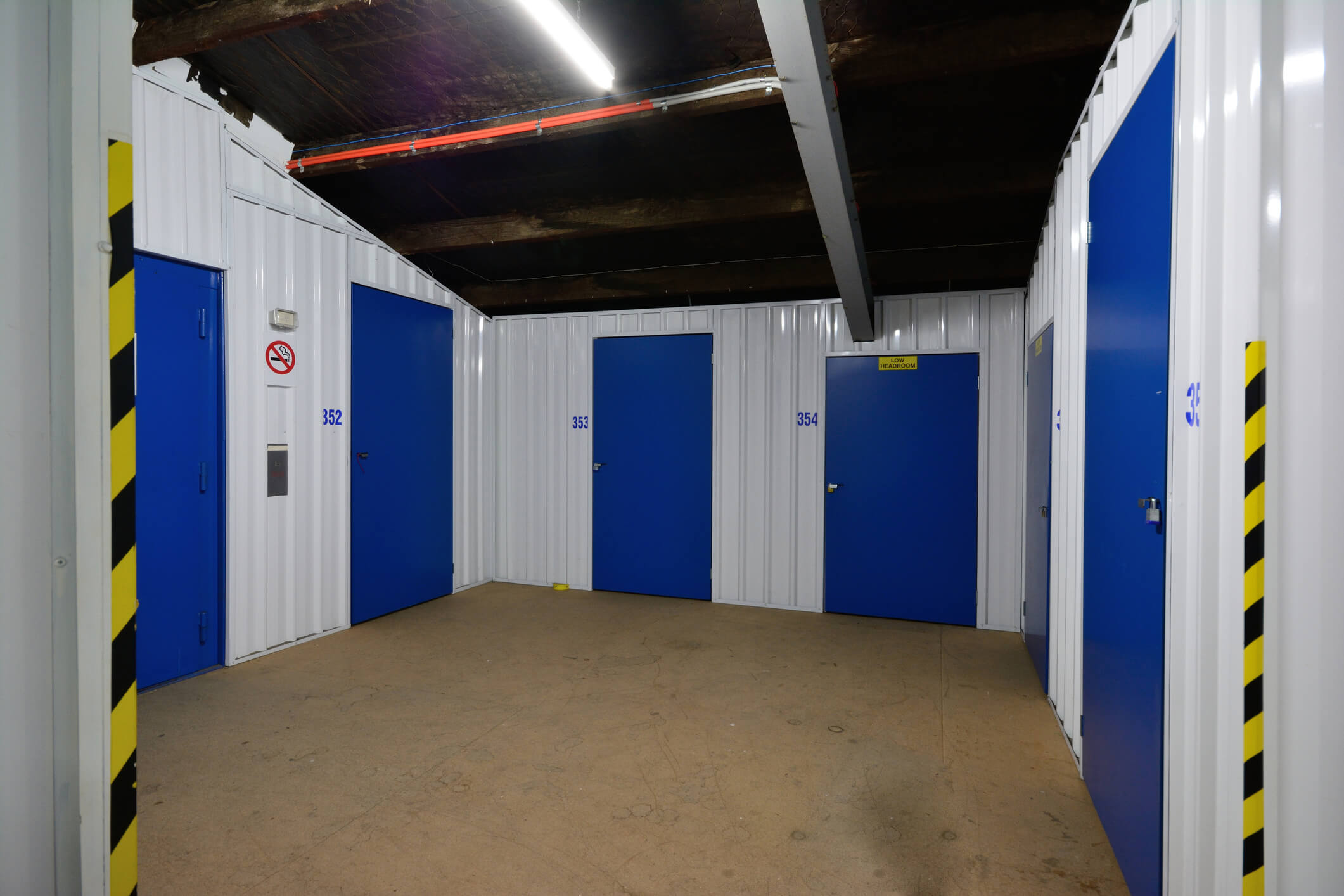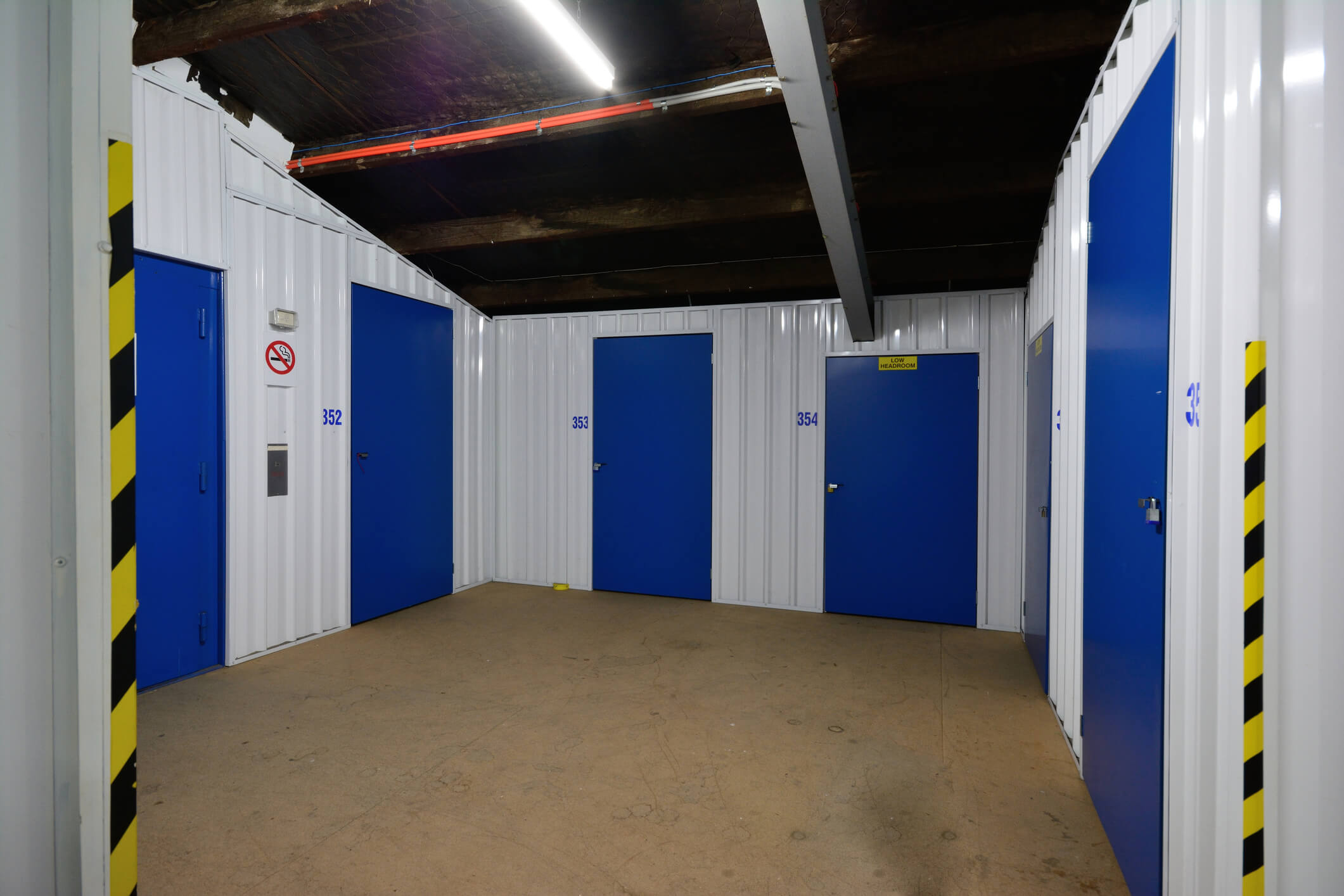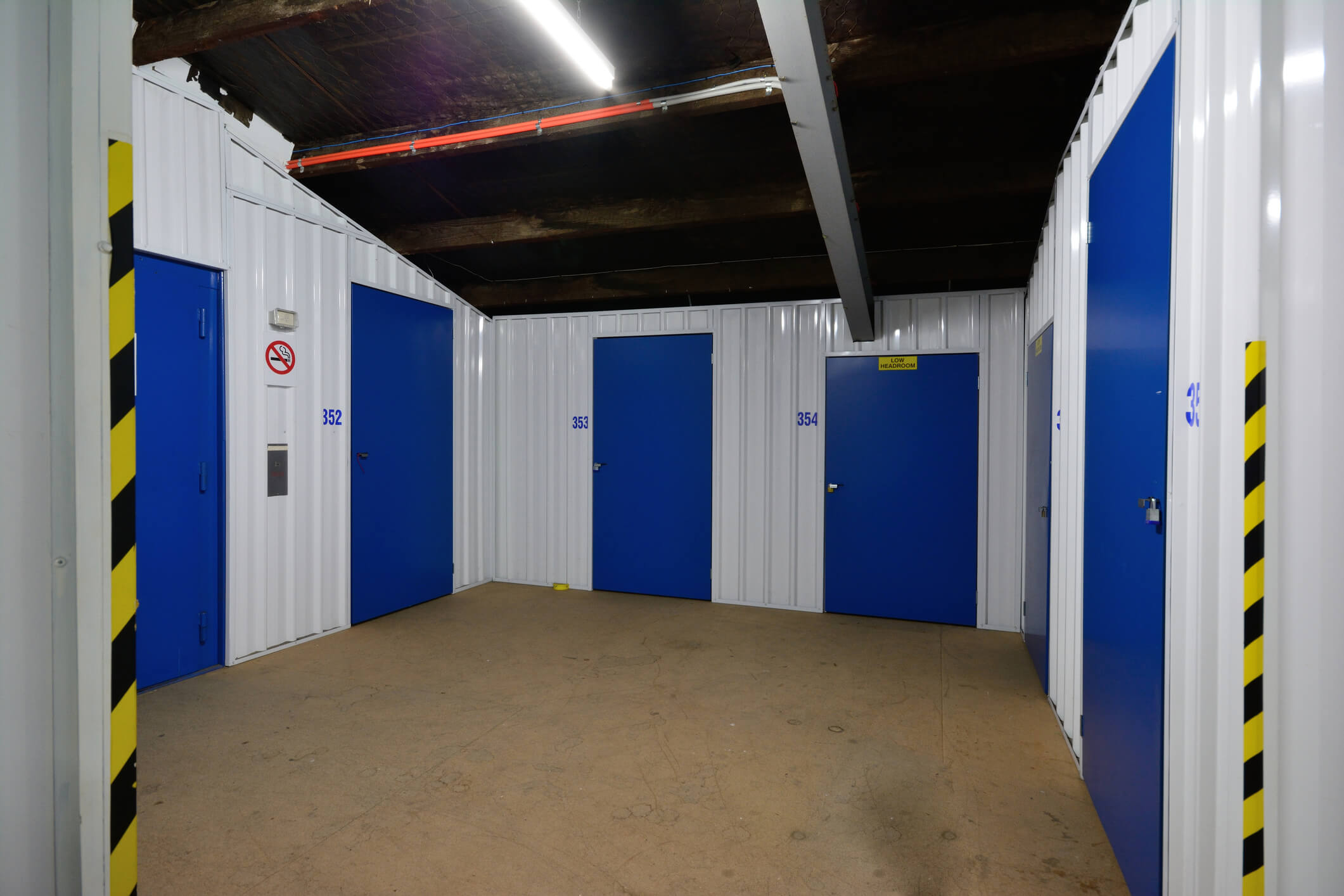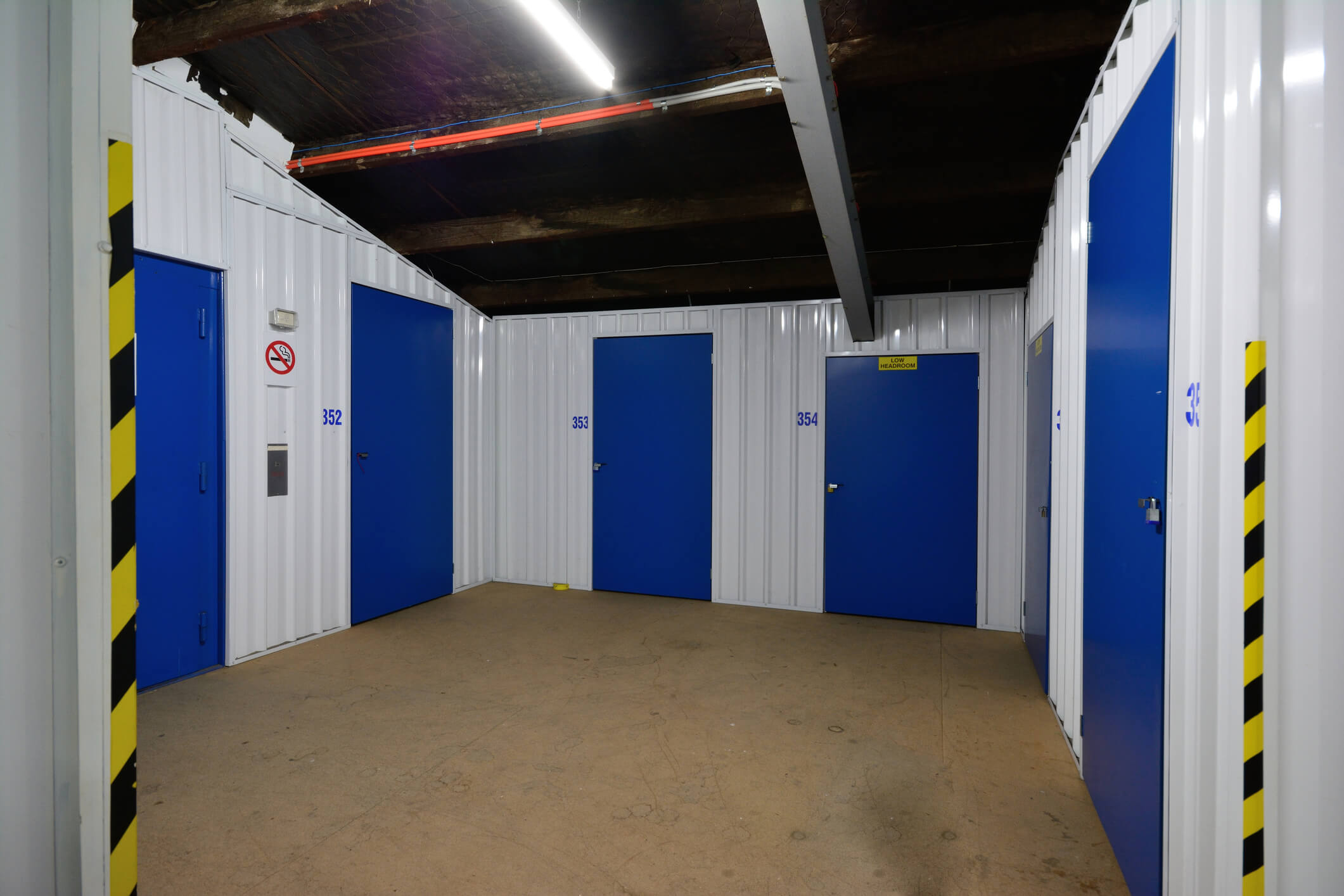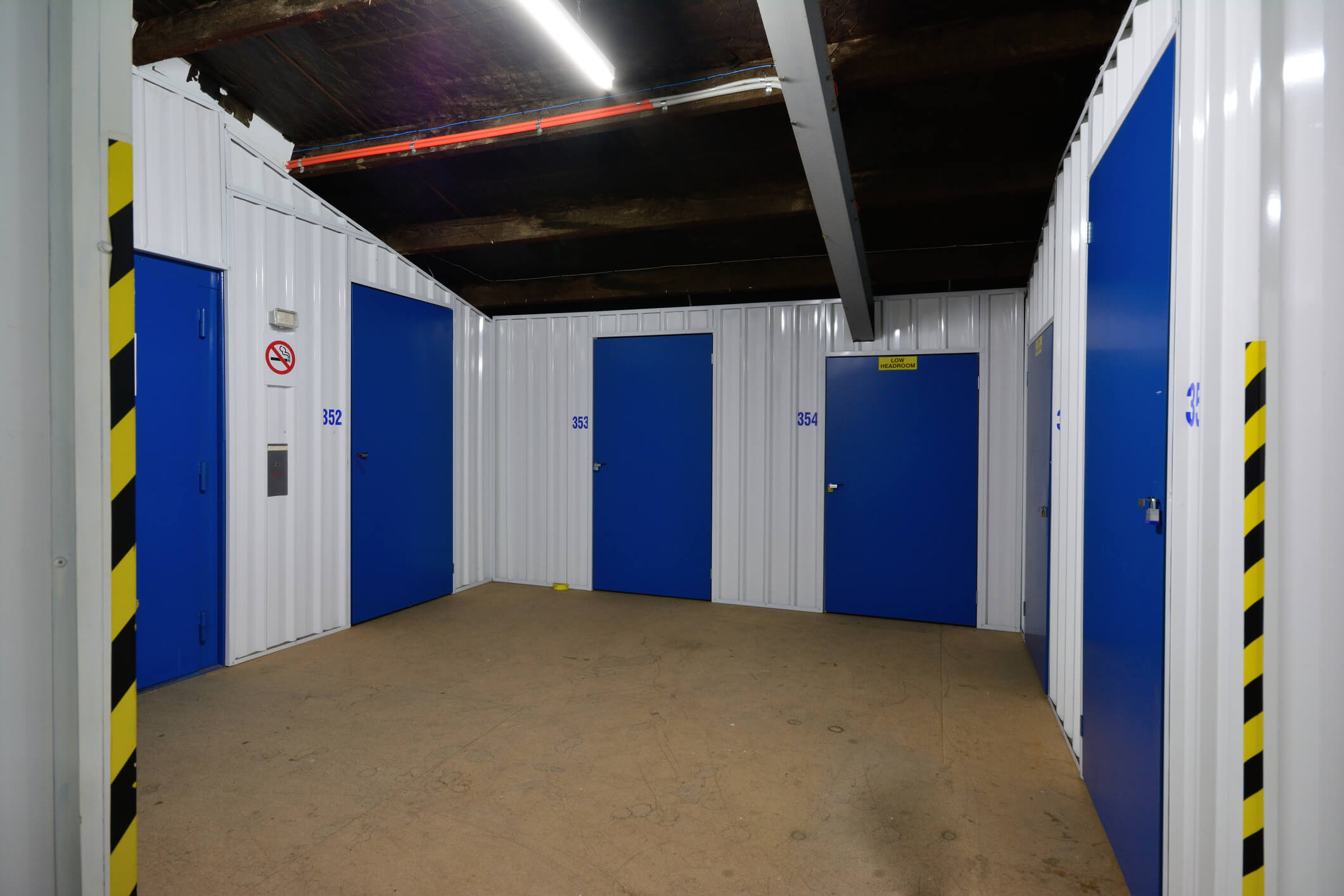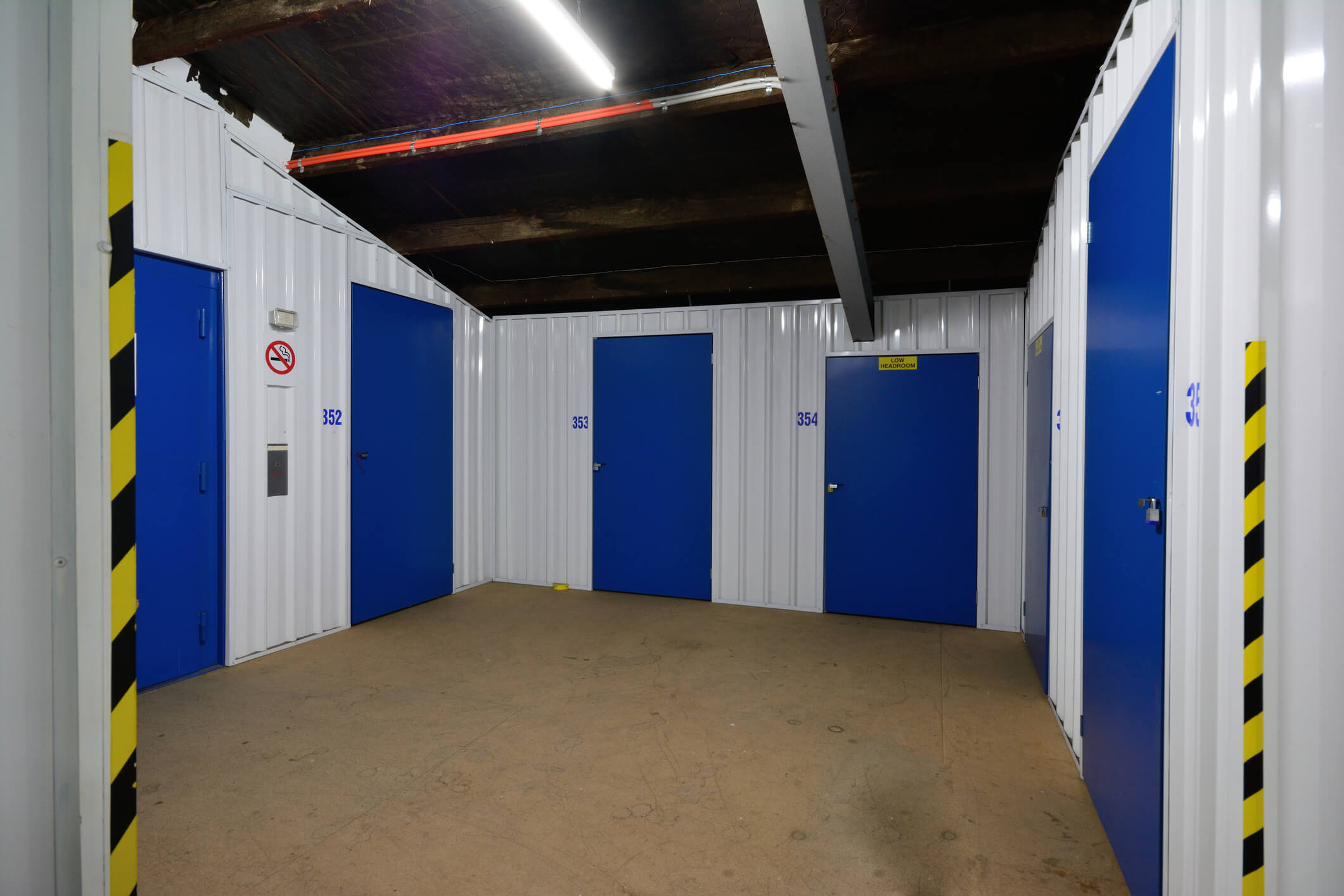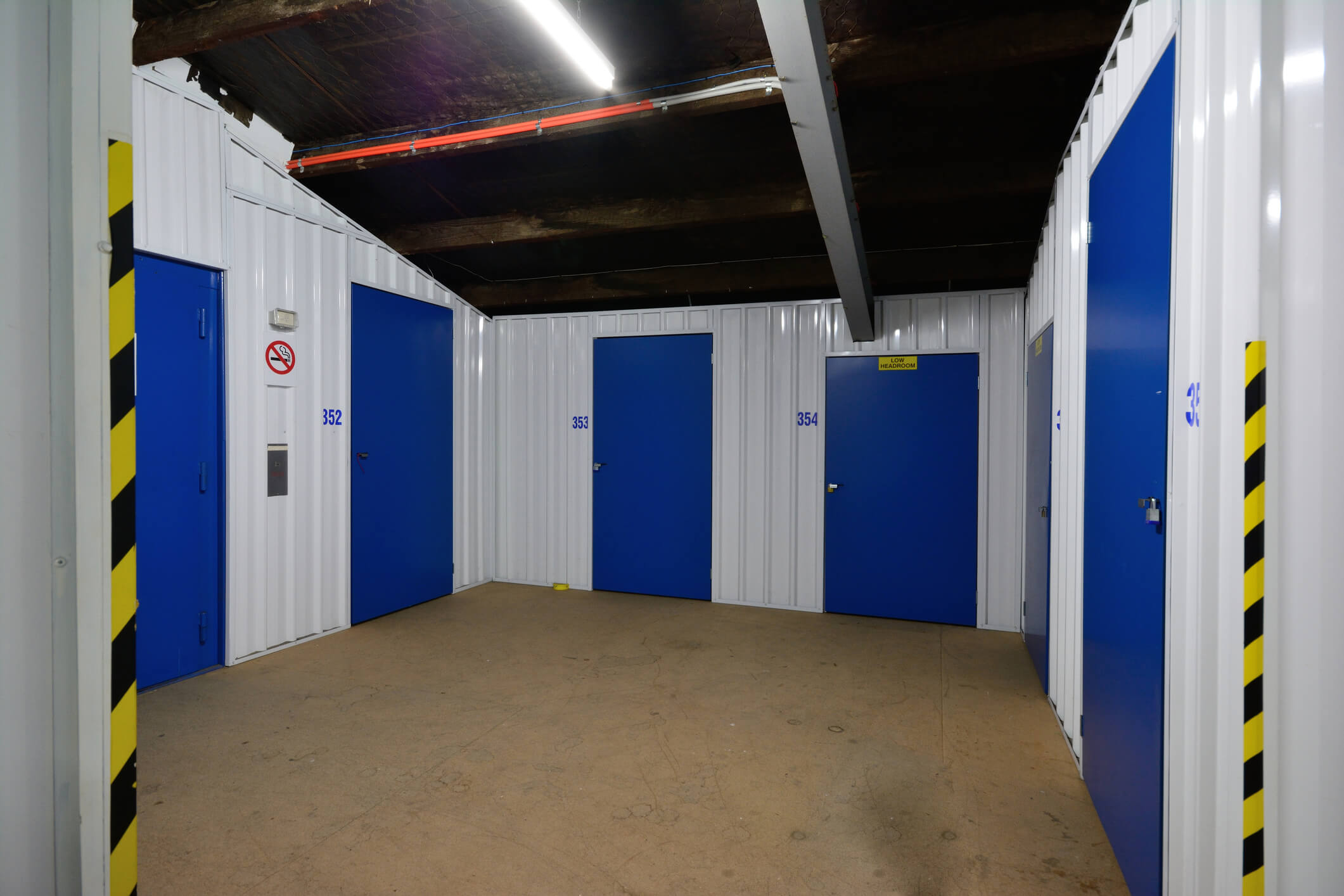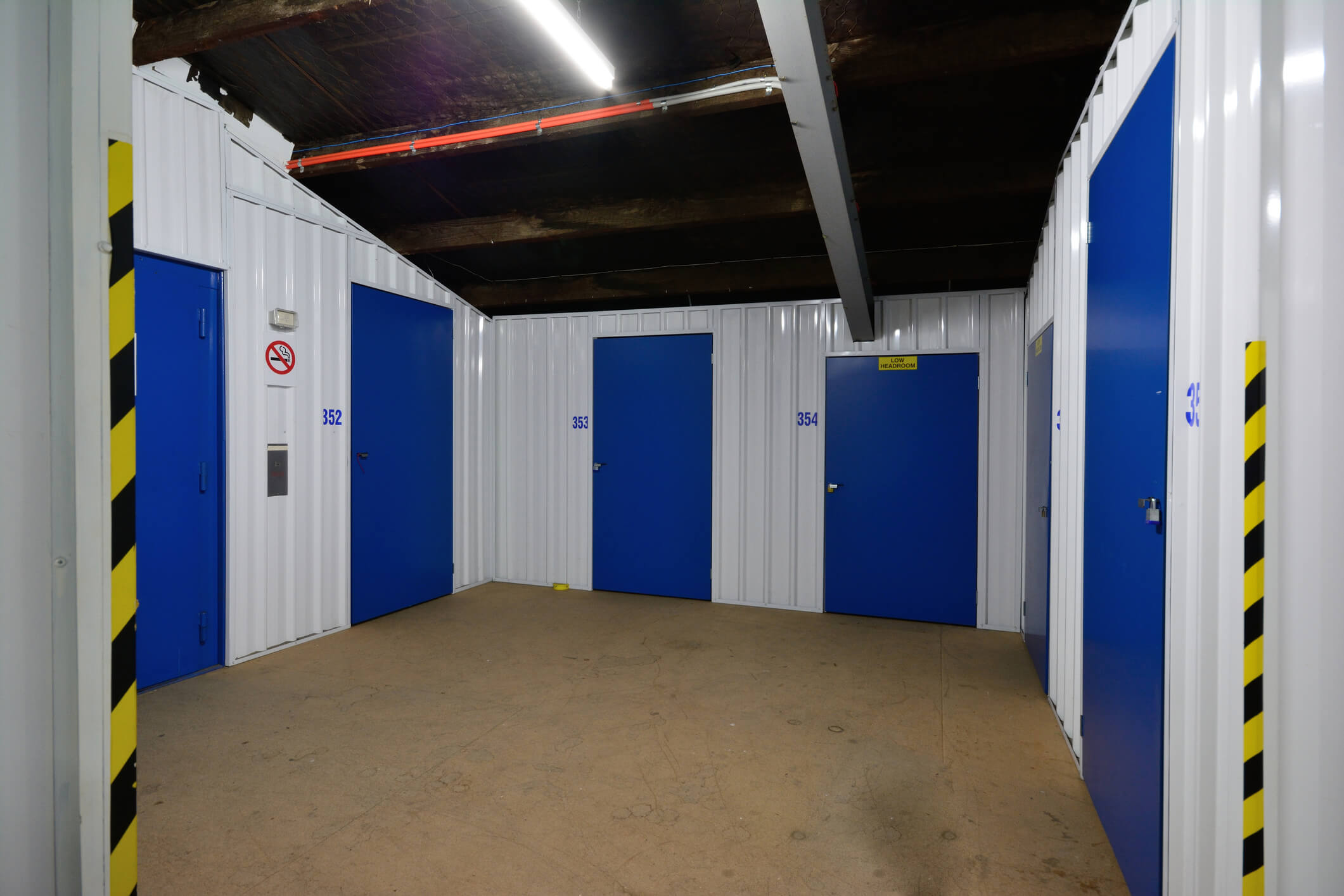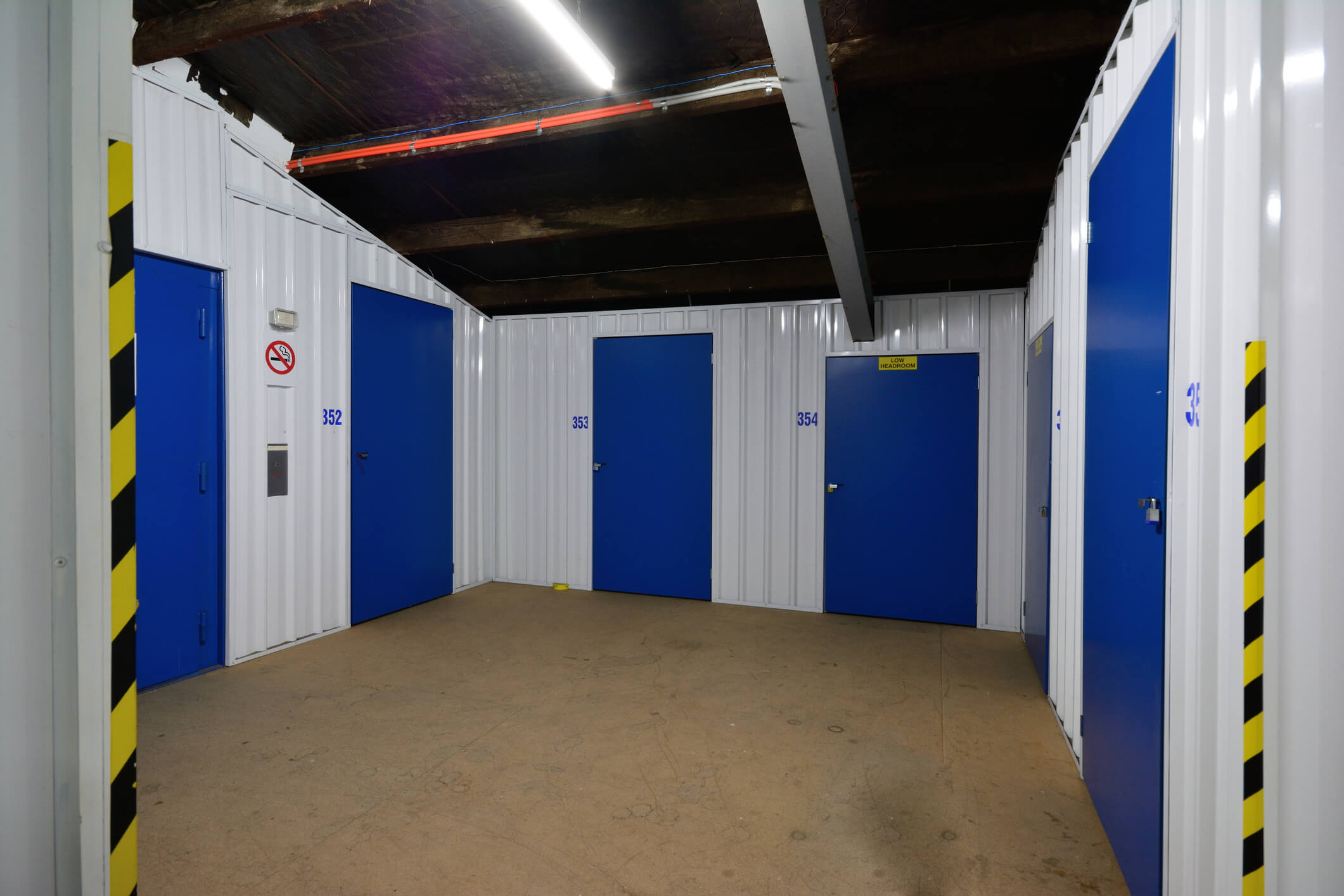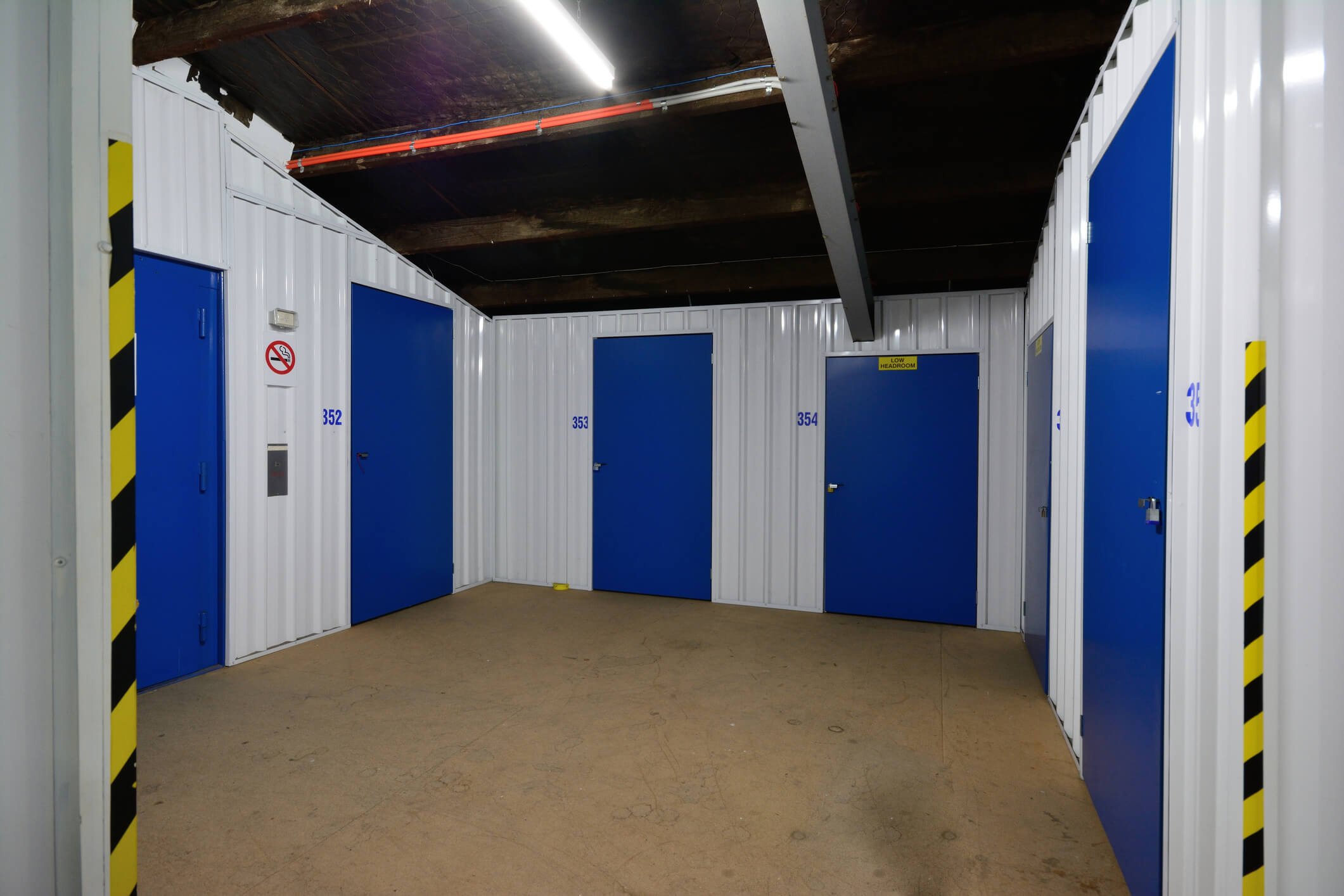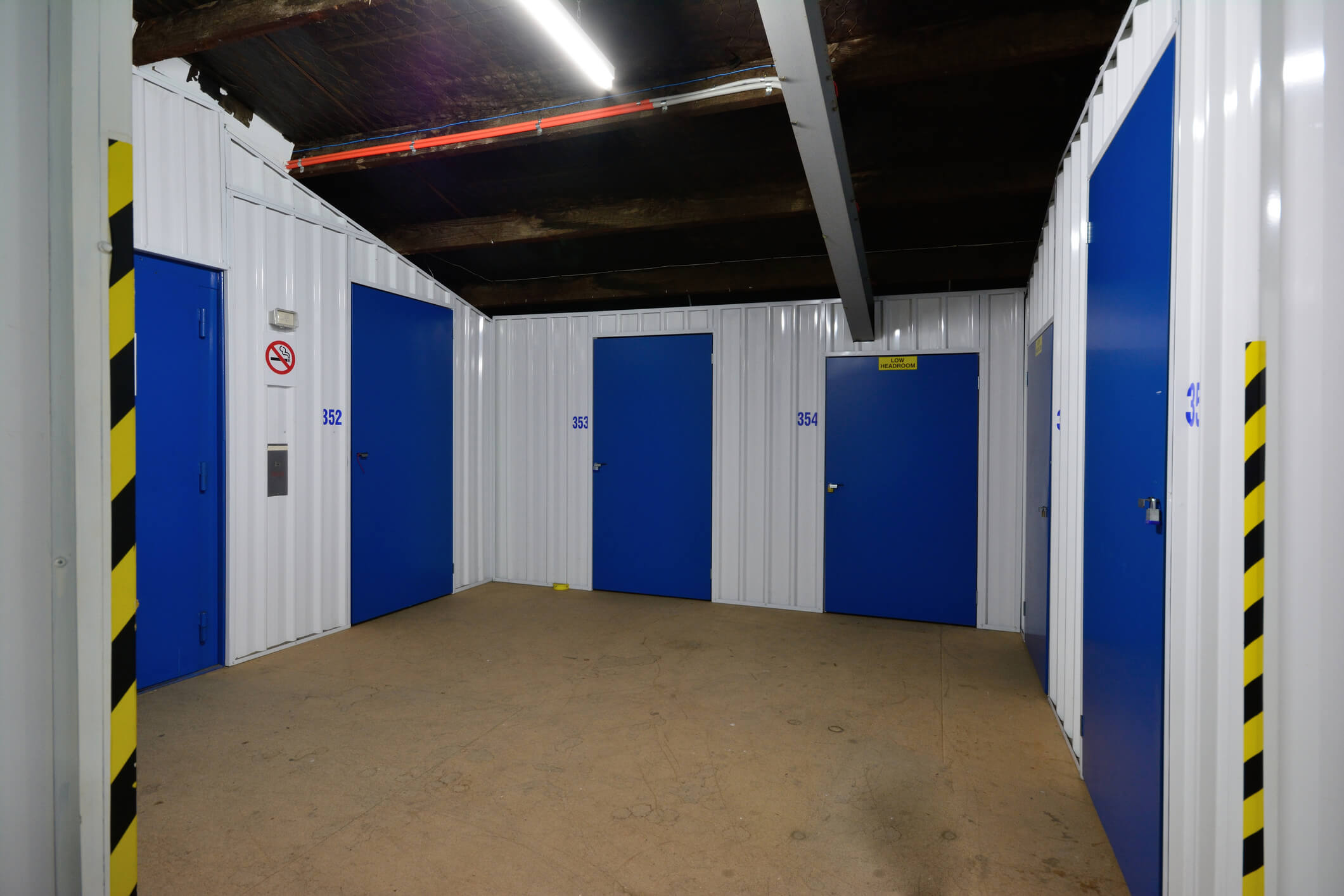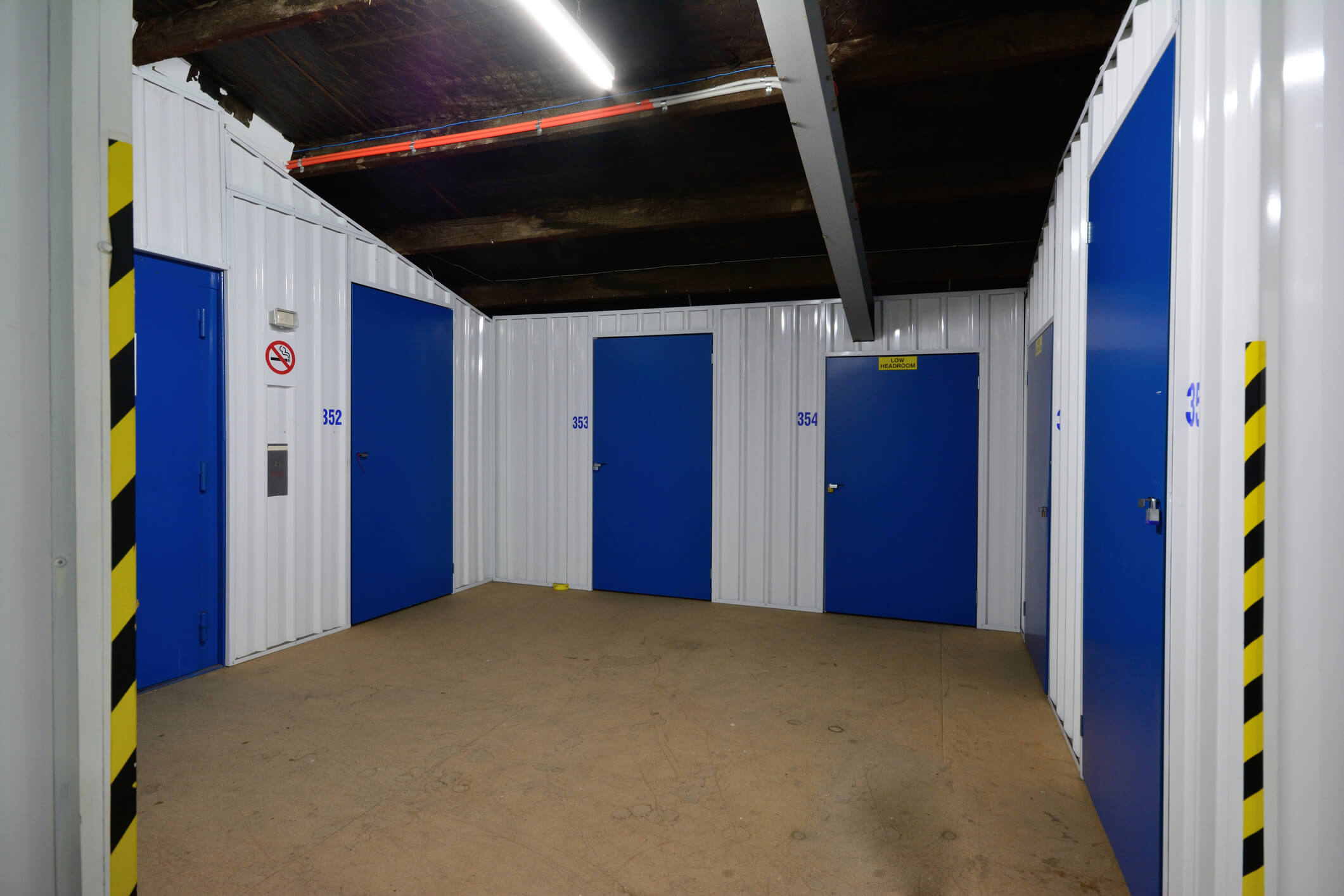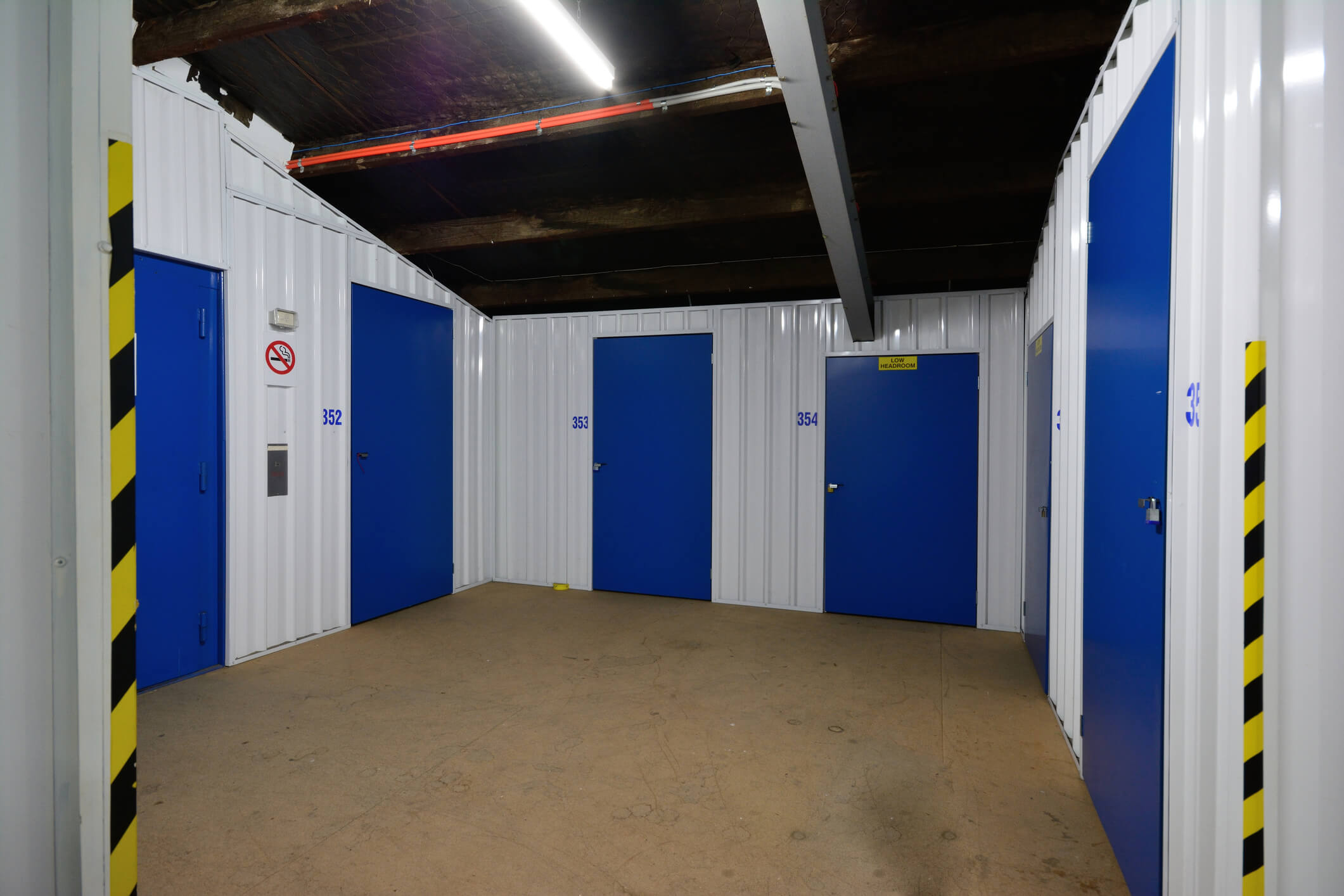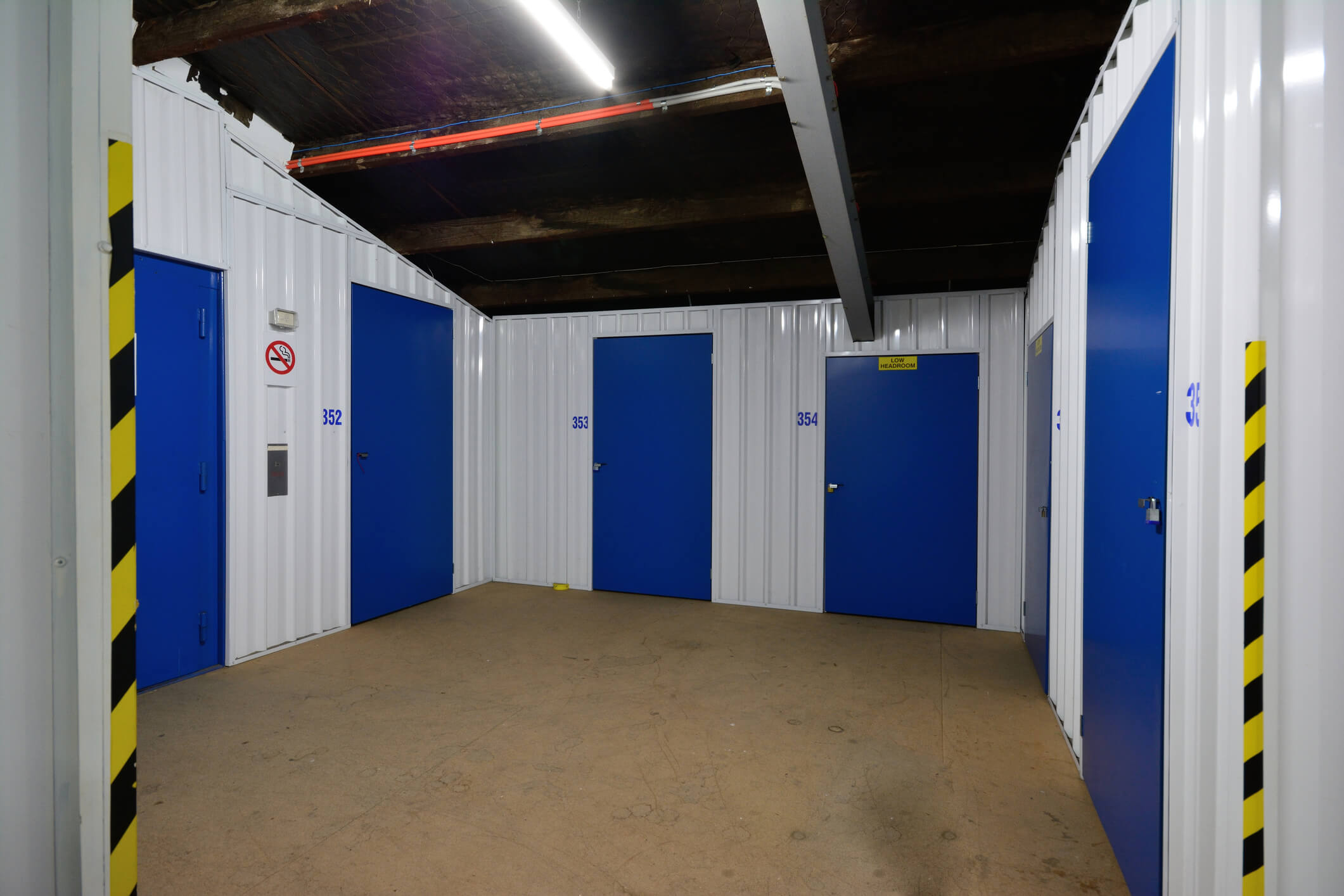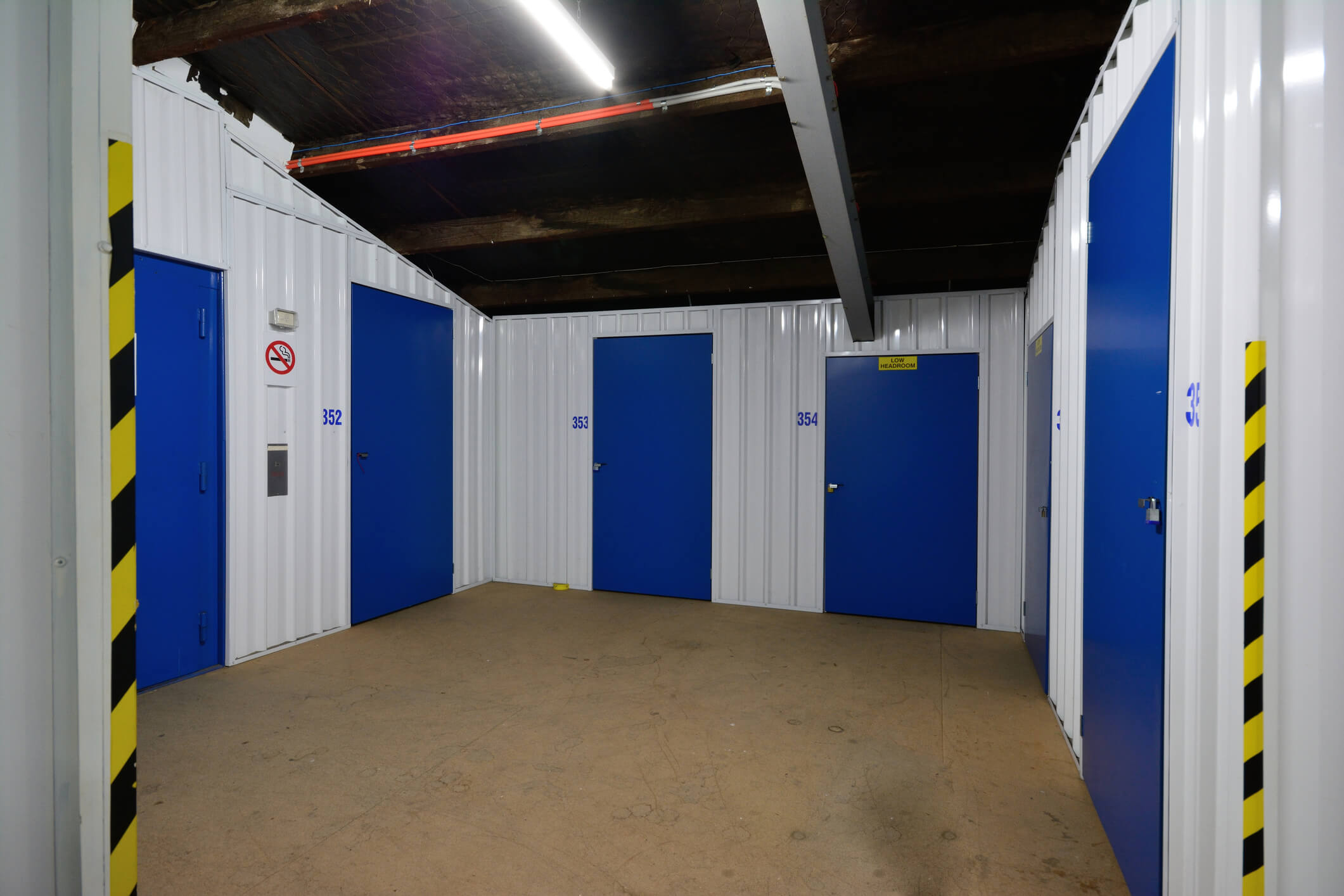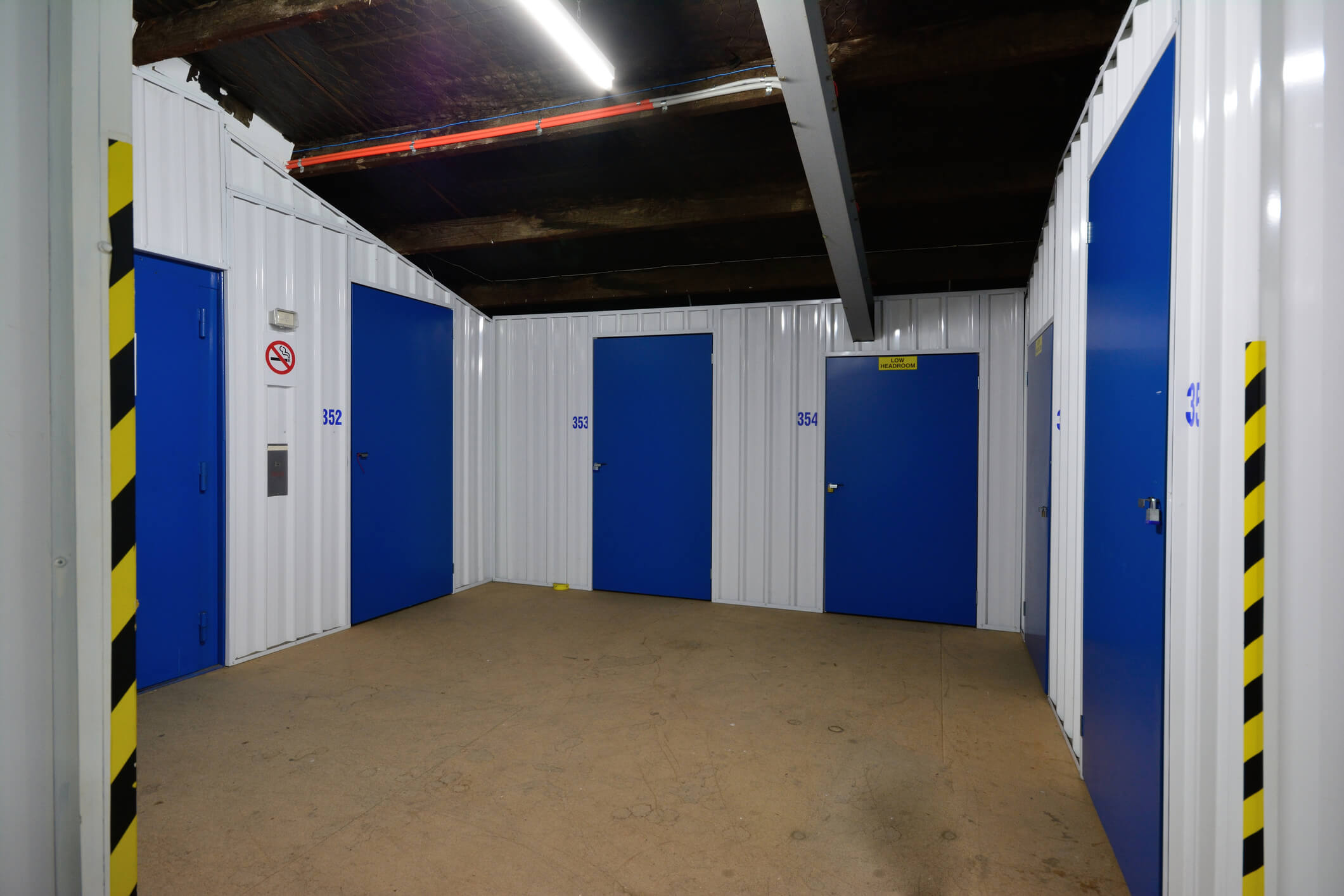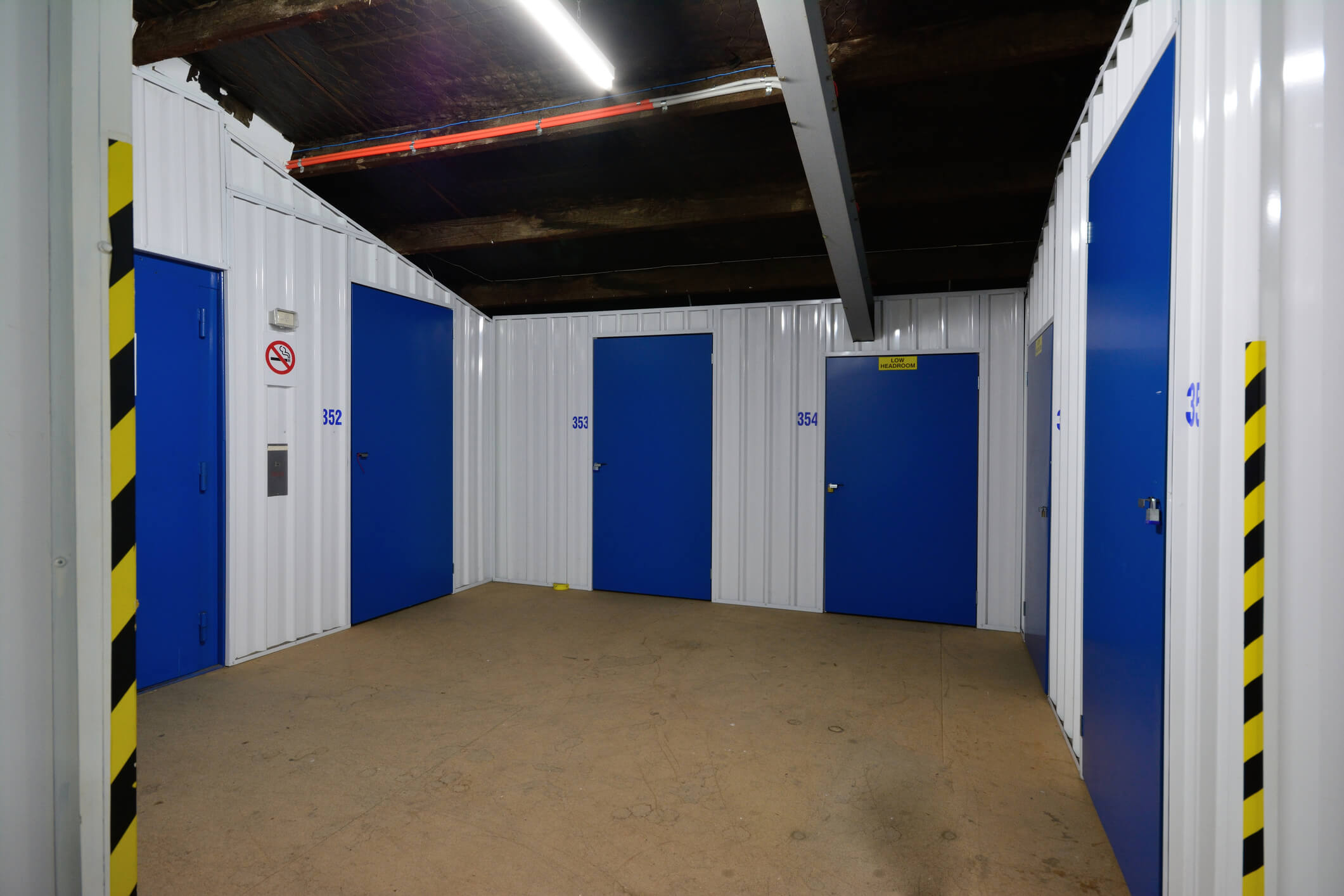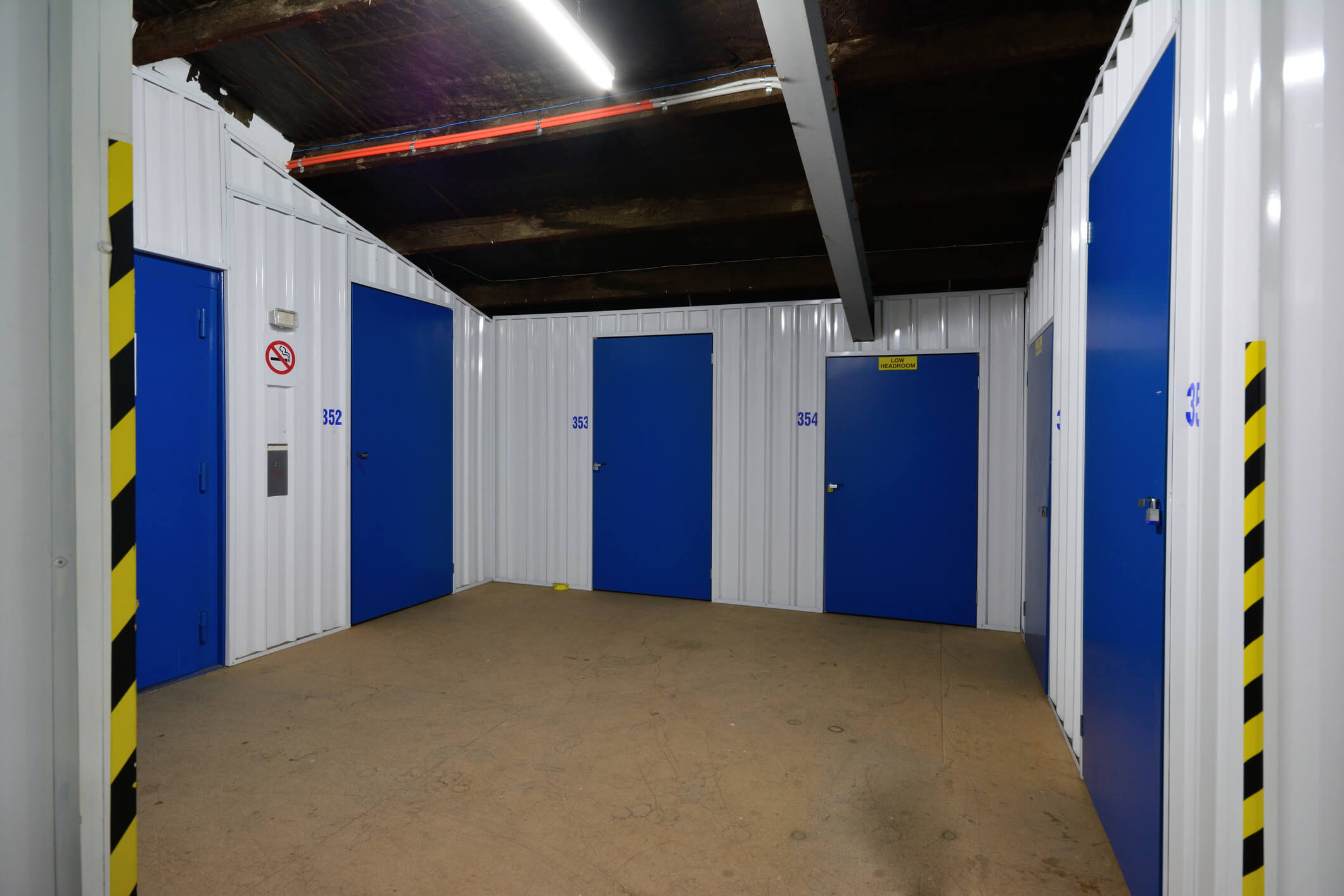Running a storage facility business involves significant operational risks that could force temporary closure or s…
Storage Facility Buildings Insurance: Comprehensive Protection for Storage Operations
Storage facility buildings face unique risks that standard commercial property insurance may not adequately cover. Whether you operate self-storage units, warehouse facilities, or specialized storage operations, having the right insurance protection is crucial for safeguarding your investment and ensuring business continuity.
Understanding Storage Facility Buildings Insurance
Storage facility buildings insurance is a specialized form of commercial property insurance designed specifically for facilities that store goods, materials, or personal belongings. This coverage goes beyond basic building insurance to address the unique risks associated with storage operations, including multiple tenant occupancy, varied stored contents, and specific operational hazards.
Key Coverage Components
Building Structure Protection
Your storage facility's physical structure represents a significant investment that needs comprehensive protection. This includes coverage for the building itself, permanent fixtures, and structural improvements. Whether your facility features traditional warehouse construction, modern climate-controlled units, or multi-story storage buildings, proper structural coverage ensures you can rebuild or repair damage from covered perils.
Contents and Equipment Coverage
Storage facilities require specialized equipment including security systems, climate control units, loading equipment, and office furnishings. Equipment breakdown coverage protects against mechanical failures that could disrupt operations or damage stored goods.
Business Interruption Protection
When your storage facility suffers damage that forces temporary closure, business interruption insurance helps cover lost rental income and ongoing expenses. This is particularly important for storage facilities where monthly rental income forms the primary revenue stream.
Tenant Goods Liability
While tenants typically carry their own insurance for stored items, storage facility operators may face liability claims if customer goods are damaged due to facility negligence, security breaches, or operational failures.
Common Risks Facing Storage Facilities
Fire and Smoke Damage
Storage facilities face elevated fire risks due to the concentration of combustible materials, electrical systems, and potential tenant negligence. Fires can spread rapidly through connected units, causing extensive damage to both structure and contents.
Weather-Related Damage
Severe weather poses significant threats to storage facilities. Roof damage from storms can lead to water infiltration affecting multiple units. Flooding can damage ground-level units and compromise building integrity.
Security Breaches and Theft
Storage facilities are attractive targets for criminals. Break-ins can result in property damage, stolen goods, and liability claims from affected tenants. Vandalism can also cause significant repair costs.
Structural Issues
Aging buildings may develop structural problems including foundation settling, roof deterioration, or wall damage. These issues can affect multiple storage units and require extensive repairs.
Specialized Coverage Considerations
Climate-Controlled Units
Facilities offering temperature and humidity-controlled storage face additional risks. Equipment failures can damage sensitive stored items, leading to substantial liability claims. Specialized coverage addresses these unique exposures.
Vehicle Storage
Facilities storing cars, boats, or RVs need coverage that accounts for higher-value contents and specific risks associated with vehicle storage, including fuel-related fire hazards and fluid leaks.
Document and Records Storage
Commercial document storage facilities require specialized coverage due to the high value and irreplaceable nature of stored materials. This includes protection against various perils that could destroy important business records.
Security System Coverage
Modern storage facilities rely heavily on electronic security systems, access controls, and surveillance equipment. Coverage should include protection for these systems and potential liability if security failures lead to tenant losses.
Factors Affecting Insurance Costs
Facility Age and Construction
Newer facilities built with modern materials and fire-resistant construction typically qualify for better rates. Older facilities may face higher premiums due to increased risk factors.
Security Measures
Comprehensive security systems, including surveillance cameras, access controls, and on-site management, can significantly reduce insurance costs by demonstrating risk mitigation efforts.
Location Factors
Facilities in areas prone to natural disasters, high crime rates, or poor fire department response times may face higher premiums. Conversely, locations with good emergency services access may qualify for discounts.
Claims History
A clean claims history demonstrates effective risk management and can lead to lower premiums. Frequent claims may result in higher costs or coverage restrictions.
Choosing the Right Coverage
Adequate Coverage Limits
Ensure your policy limits reflect current replacement costs for your facility. Underinsurance can leave you financially exposed if major damage occurs.
Deductible Considerations
Higher deductibles can reduce premium costs but increase out-of-pocket expenses when claims occur. Balance affordability with financial capability to handle deductibles.
Additional Coverage Options
Consider endorsements for specific risks such as ordinance and law coverage for building code upgrades, equipment breakdown protection, and cyber liability for facilities using electronic management systems.
Risk Management Best Practices
Regular Maintenance
Implement comprehensive maintenance programs for roofing, HVAC systems, security equipment, and structural components. Preventive maintenance reduces claim frequency and demonstrates good risk management to insurers.
Security Protocols
Maintain robust security measures including proper lighting, functioning surveillance systems, secure access controls, and regular security assessments.
Tenant Education
Educate tenants about facility rules, prohibited items, and proper storage practices. Clear policies help prevent incidents that could lead to claims.
Emergency Preparedness
Develop and maintain emergency response plans for various scenarios including fires, severe weather, and security breaches. Regular drills and staff training ensure effective response when incidents occur.
Working with Insurance Professionals
Storage facility insurance involves complex coverage considerations that benefit from professional guidance. Experienced commercial insurance brokers understand the unique risks facing storage operations and can help structure appropriate coverage.
When selecting an insurance partner, look for providers with specific experience in storage facility coverage. They should understand industry-specific risks and offer tailored solutions rather than generic commercial property policies.
Conclusion
Storage facility buildings insurance provides essential protection for a business model that faces unique and varied risks. From fire and weather damage to security breaches and equipment failures, comprehensive coverage helps ensure your storage operation can recover from unexpected events and continue serving customers.
The key to effective coverage lies in understanding your specific risks, maintaining appropriate coverage limits, and implementing strong risk management practices. By working with knowledgeable insurance professionals and staying proactive about facility maintenance and security, storage facility operators can protect their investment while providing secure storage solutions for their customers.
Regular policy reviews ensure your coverage keeps pace with facility improvements, changing regulations, and evolving risks in the storage industry. With proper insurance protection in place, you can focus on growing your storage business with confidence, knowing you're prepared for whatever challenges may arise.


 0330 127 2333
0330 127 2333

